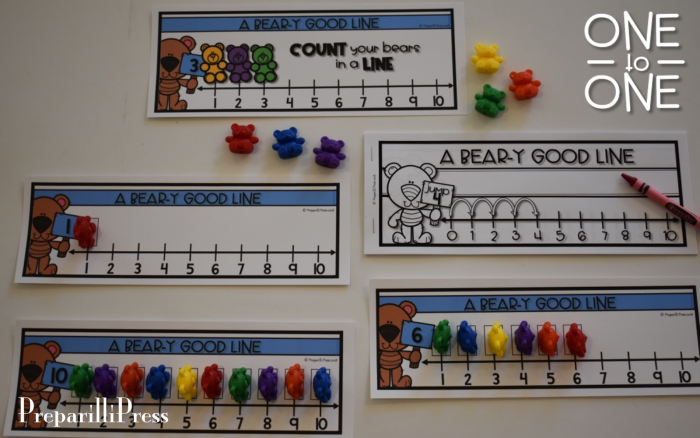Are you thinking about sending your kindergartner to a summer camp for their character development? Why not spend a few minutes each day teaching them foundational scripture instead? 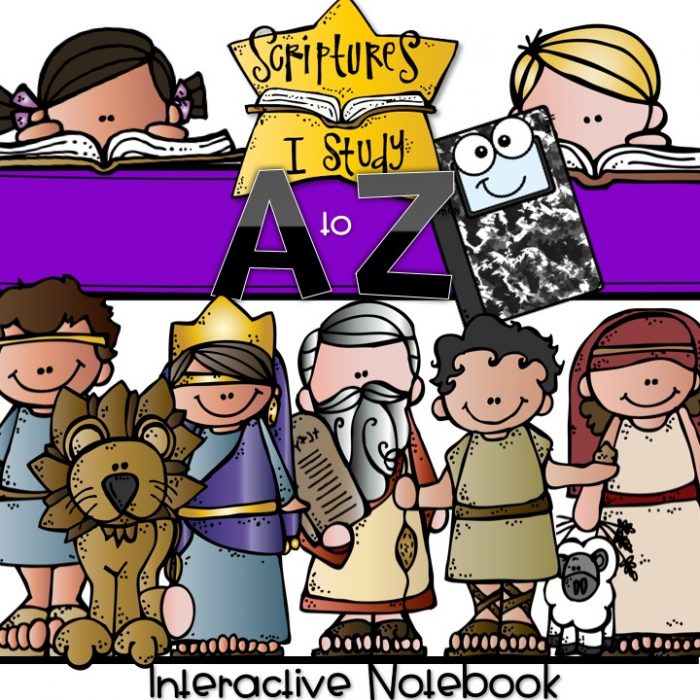
We’ve transformed our Scriptures I Study from A to Z Booklet into Interactive Notebook, activity-packed FUN!
The activities included in this pack will help your children visualize the key points of each verse and apply them to their walk with Christ.
SCRIPTURES I STUDY from A to Z was created as a companion to the Harrow Family’s Sing the Word from A to Z (part of Sonlight’s Bible A memory program curriculum). But, it can be used on its own, or with your letter of the week program.
Each activity in this resource is designed to cover two-pages in a standard 7×9 composition notebook. In our notebook, we glued the uppercase letter header, scripture reference, and handwriting practice on the left-hand pages. We composed all of the activities on the right-hand pages.
For example, with letter E you will print two pages: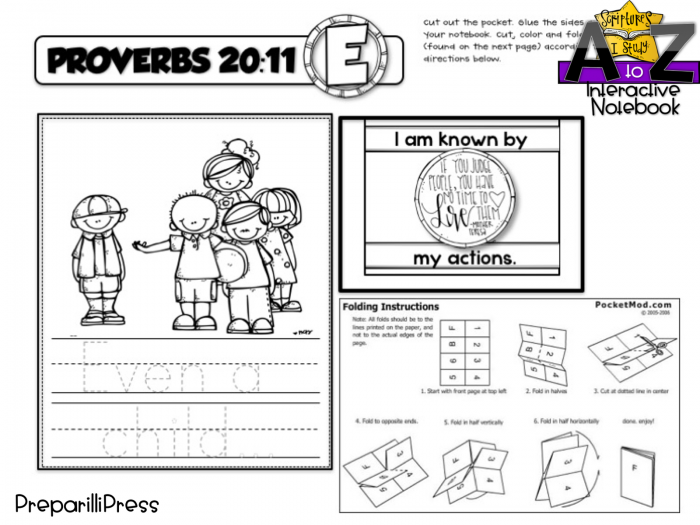
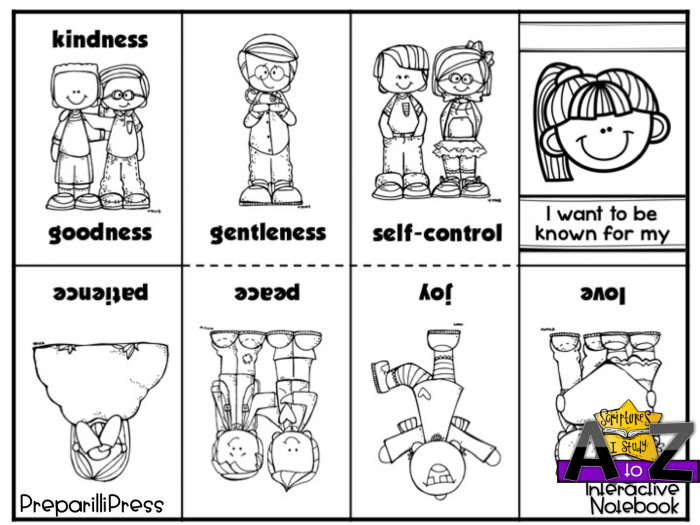
After building the pages and completing the activity, your notebook will look like this: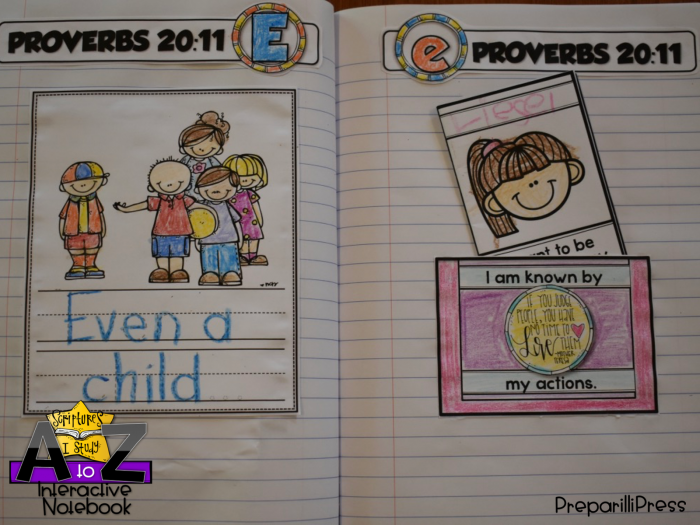
Each letter, A to Z, has:
1. The target letters (uppercase and lowercase for letter identification/recognition) that begin the scripture
2. A portion of the scripture in dashed print (the full scripture can be found on the Scripture Memorization Cards included in this set).
3. Graphics by Melonheadz that correspond with the scripture. Here your students will meet and color some of their Bible heroes and other relevant pictures. The graphics give you a chance to talk about the heroes and discuss the scripture.
4. An interactive activity designed to apply the scripture to your Kindergartener’s walk and growth in Christ. Each activity has its own instructions. Most can be completed with supplies you have on hand.
So grab a composition book, scissors, glue and crayons and starting laying a solid foundation in the Word of God for your child’s character to bloom and grow!
You can grab it on sale here through tomorrow!

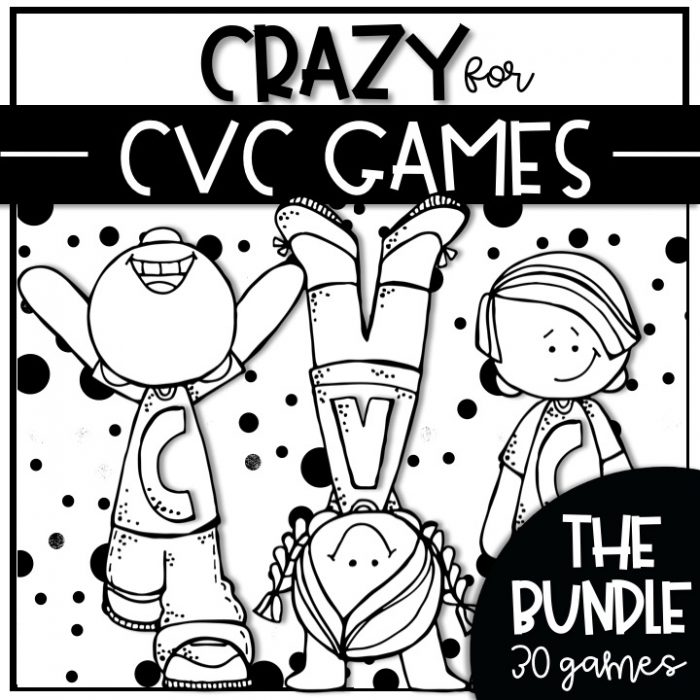
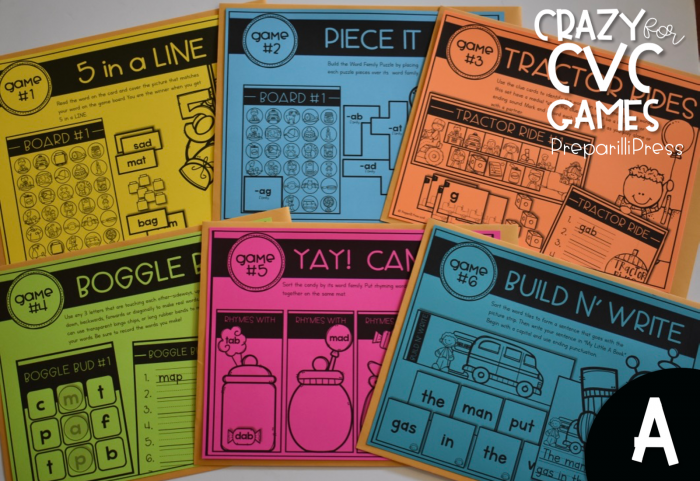

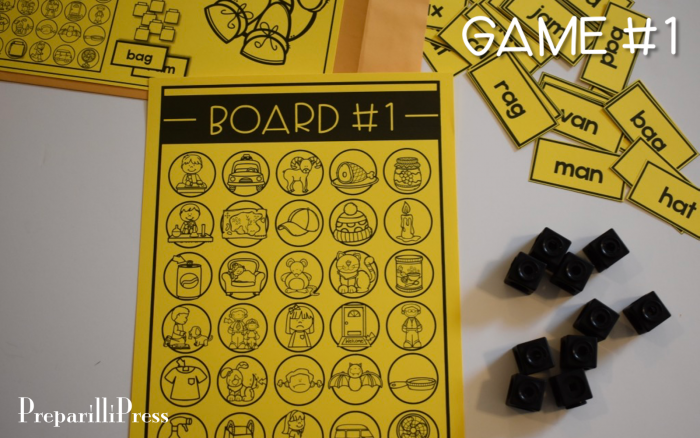
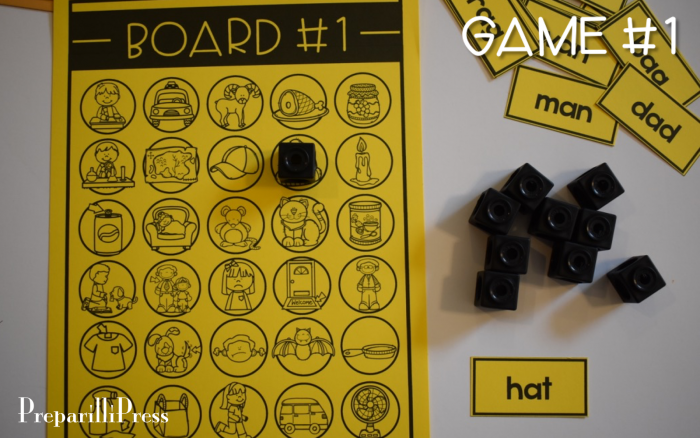

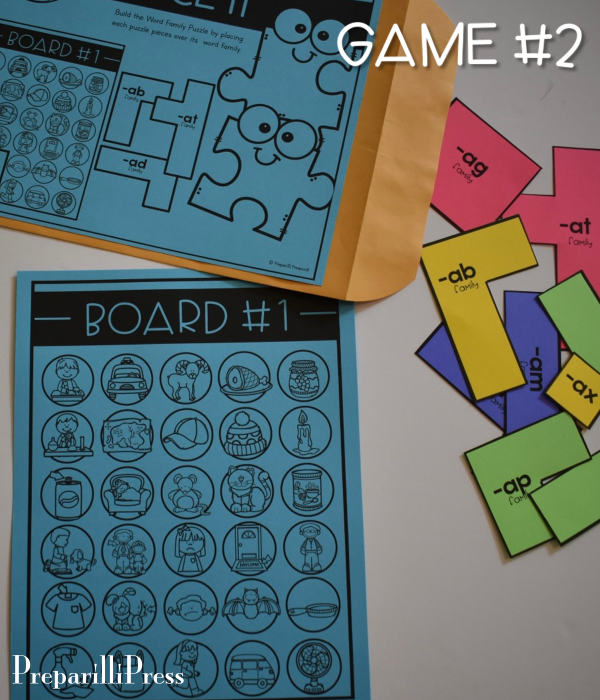
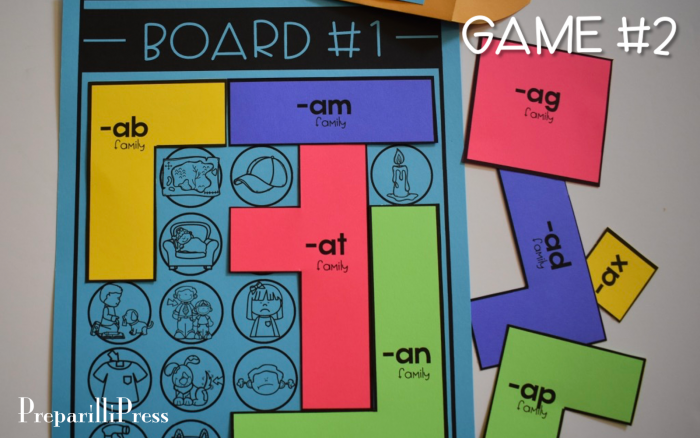

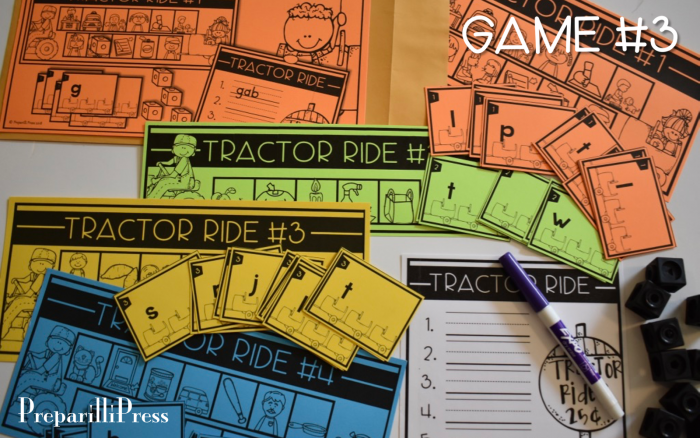
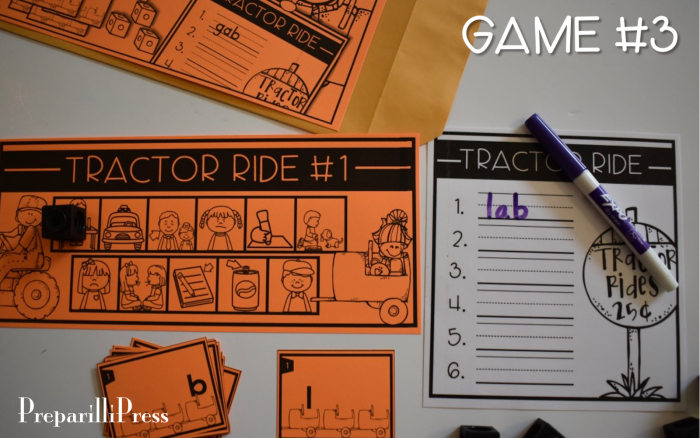

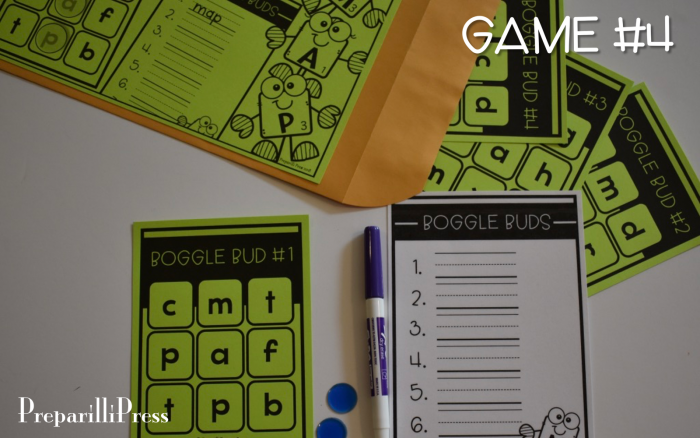
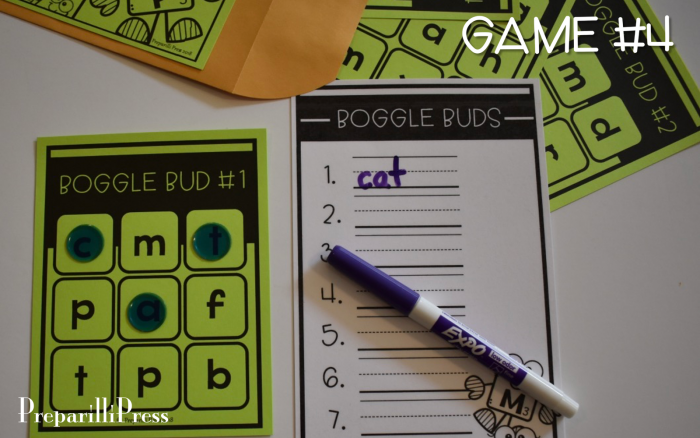

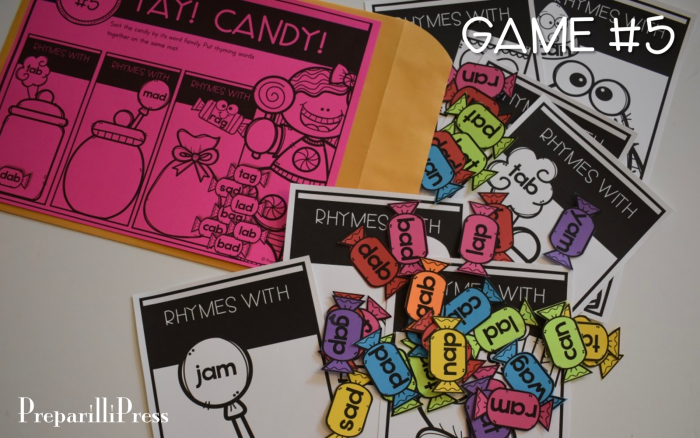
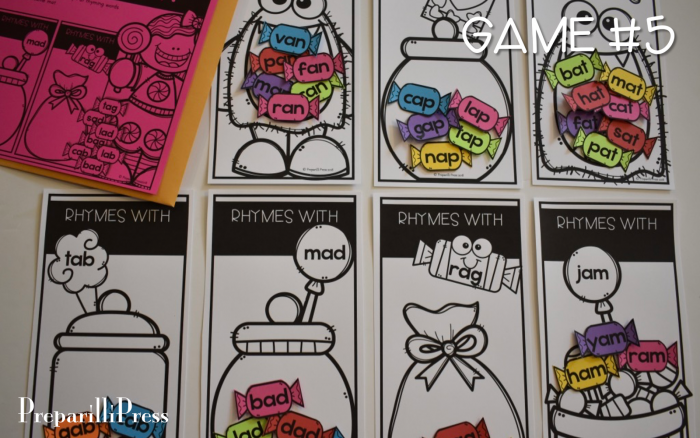 GAME #5 is sure to be a class favorite. Who doesn’t love candy?!? It is really a fun way to practice reading and rhyming words.
GAME #5 is sure to be a class favorite. Who doesn’t love candy?!? It is really a fun way to practice reading and rhyming words.
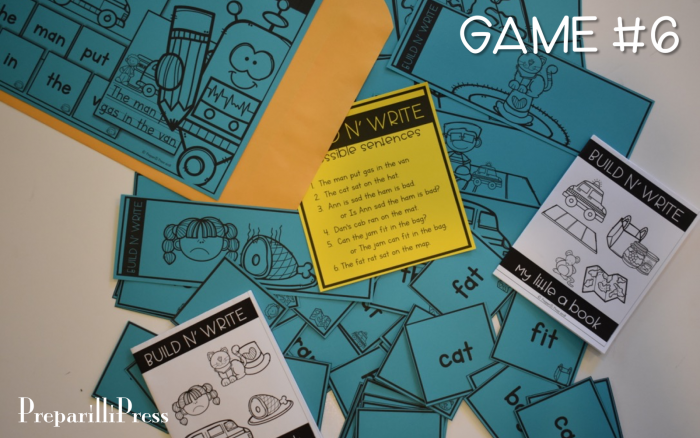
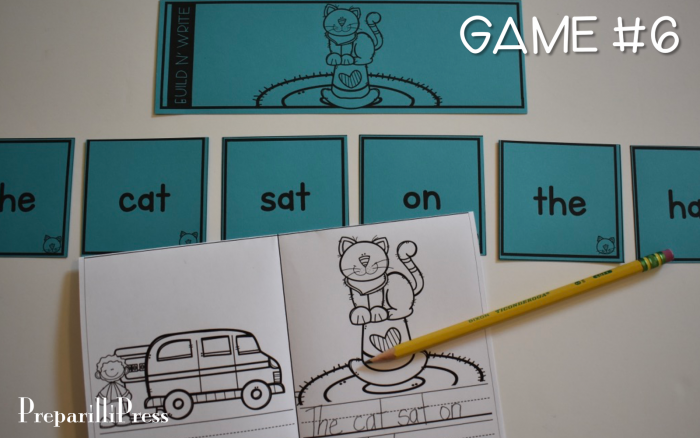

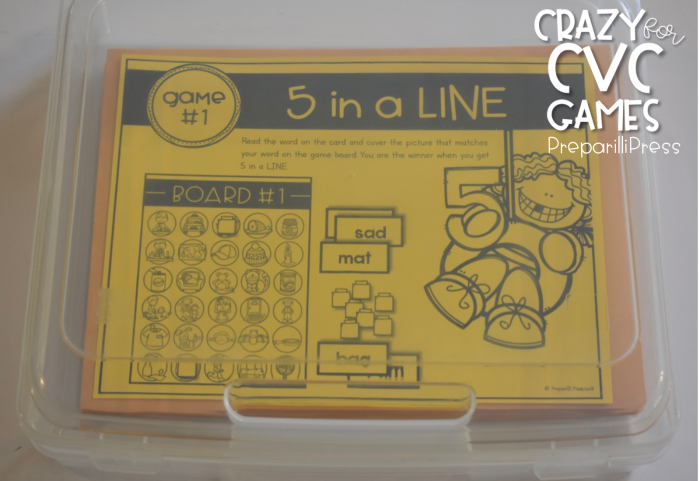
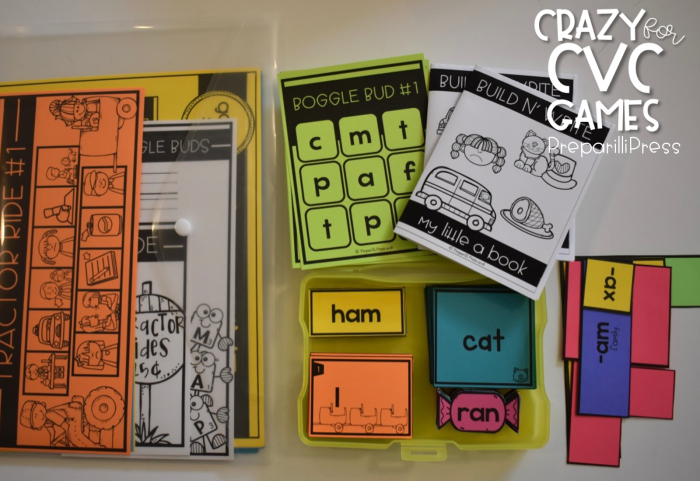
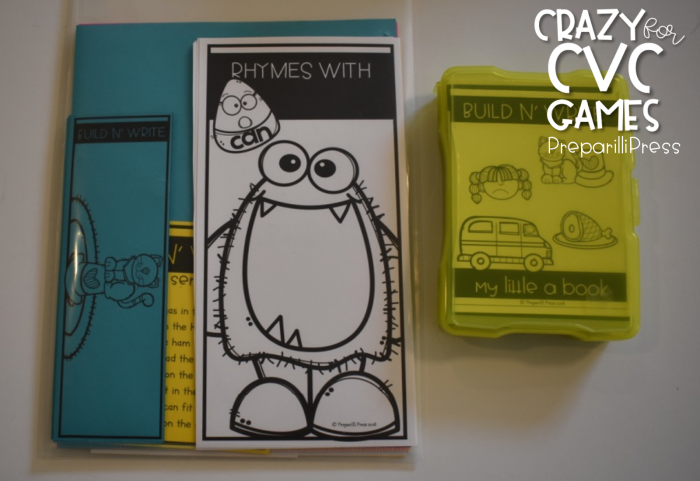
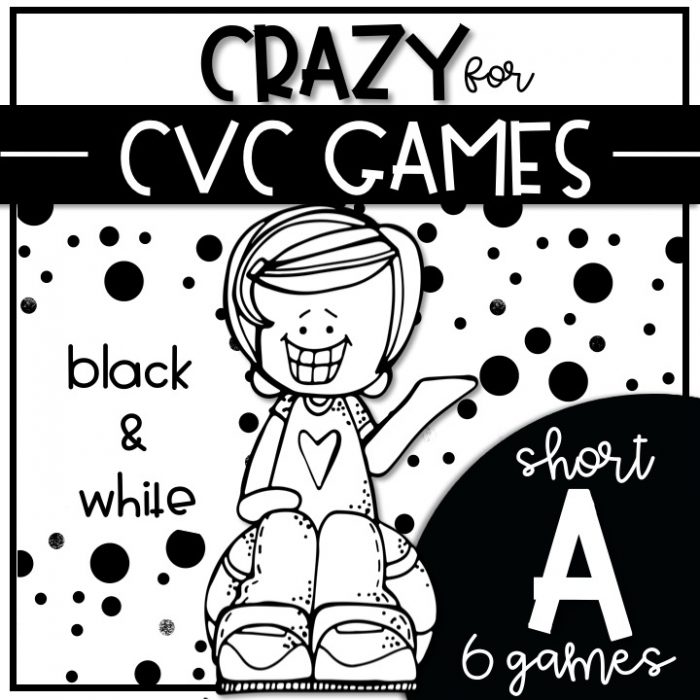
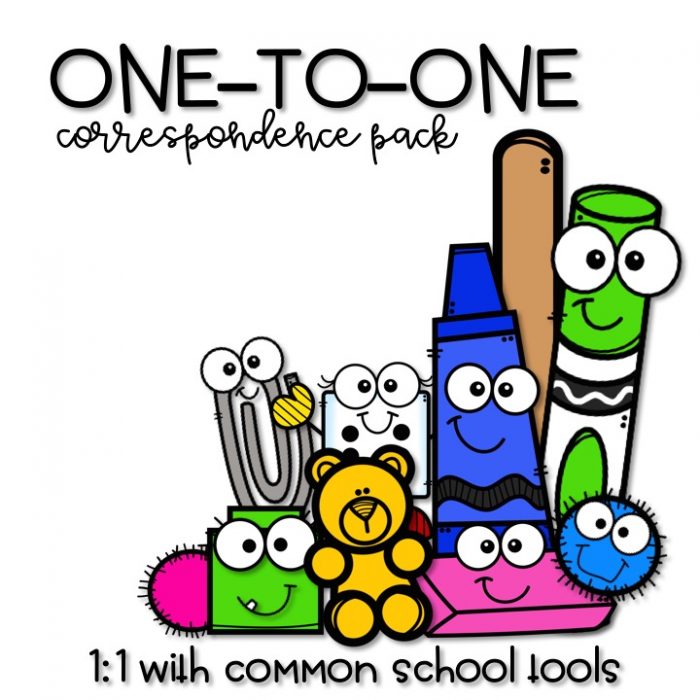
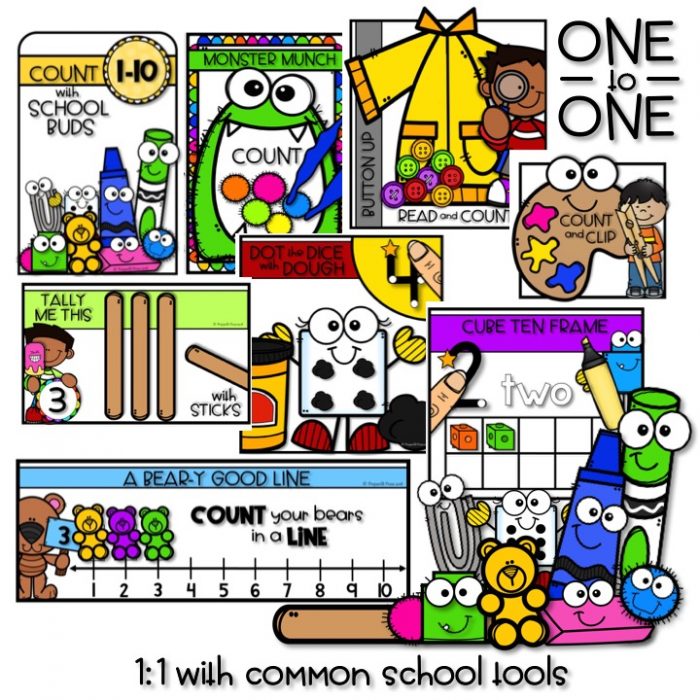 All of the activities in this pack include mats and booklets WITH prompts, for your newest number learners or students that need additional practice, and WITHOUT prompts (so you can assess your students’ learning).
All of the activities in this pack include mats and booklets WITH prompts, for your newest number learners or students that need additional practice, and WITHOUT prompts (so you can assess your students’ learning). 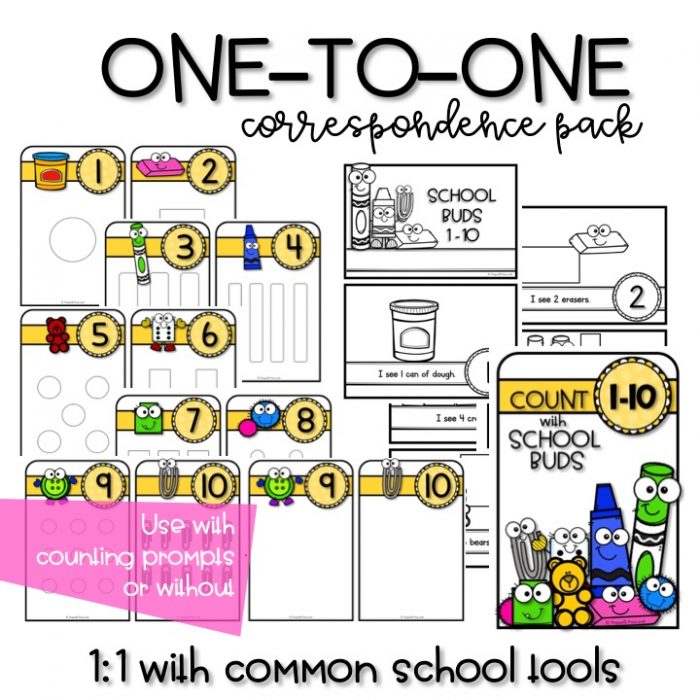
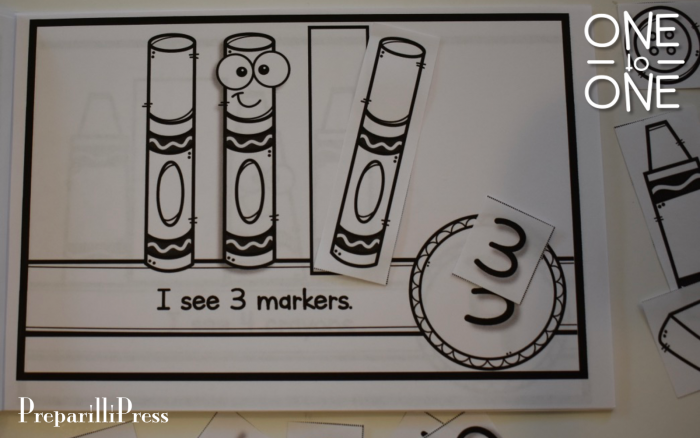
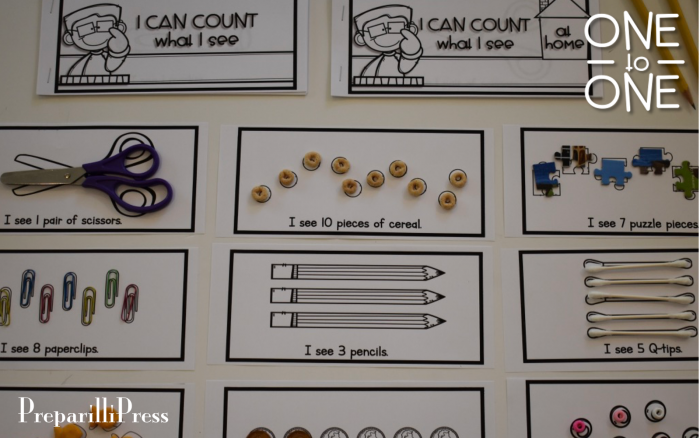
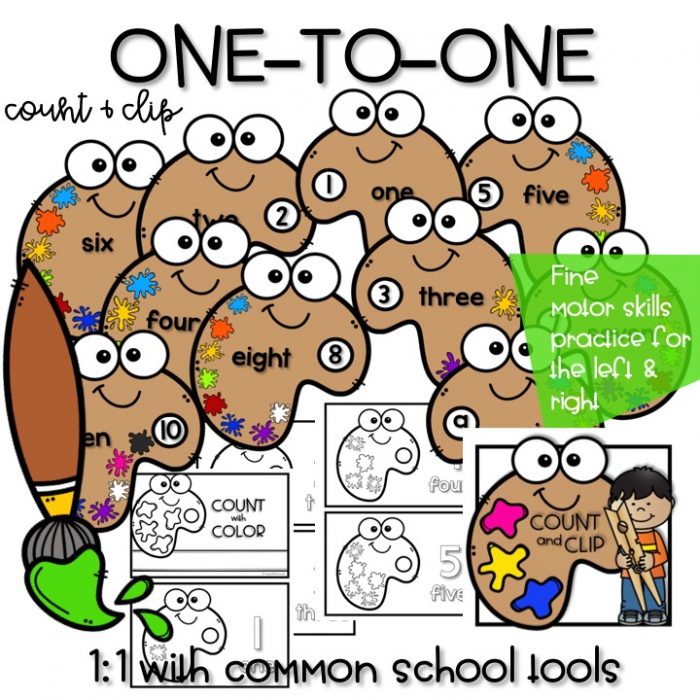
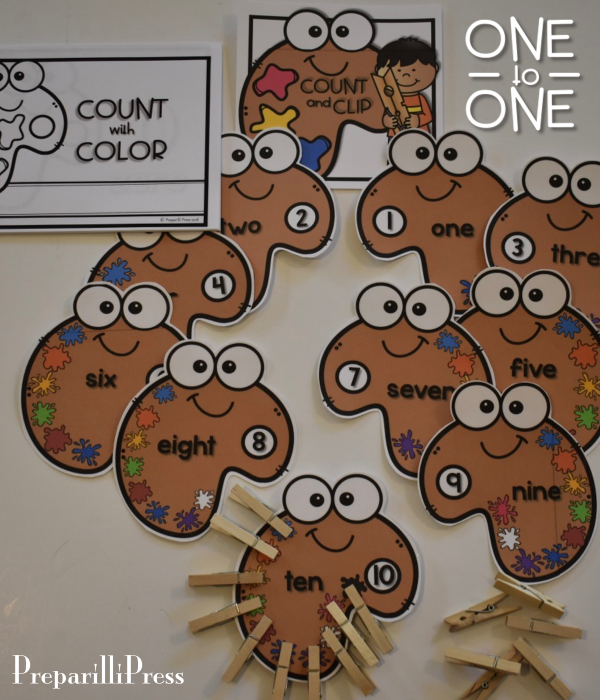
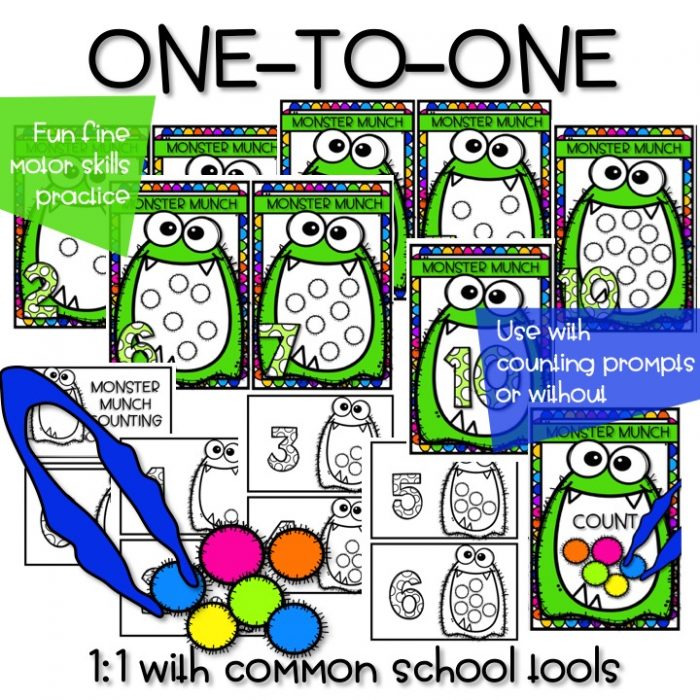
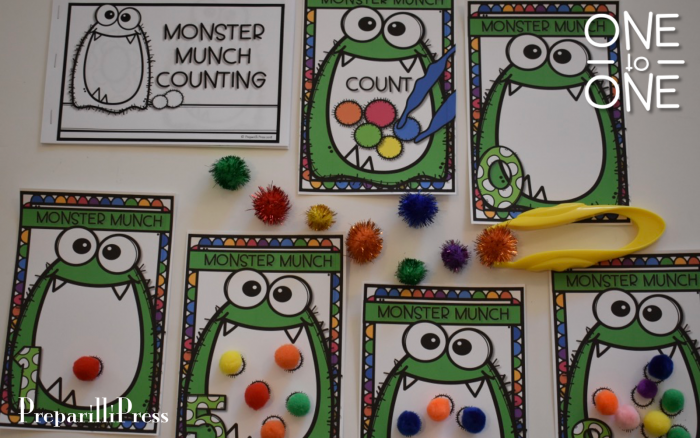
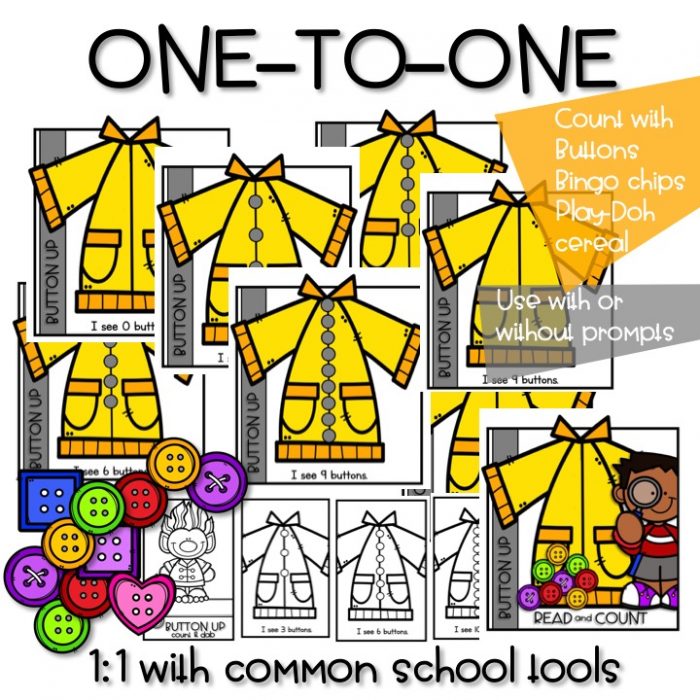
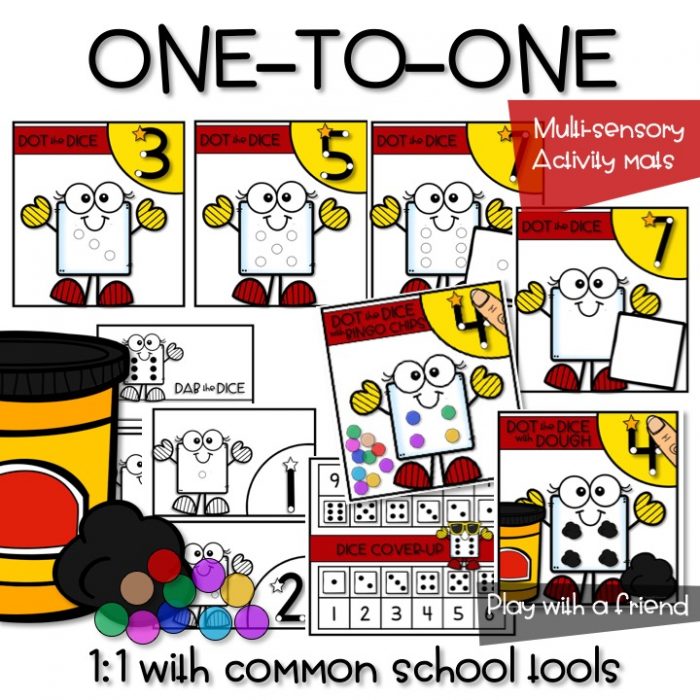
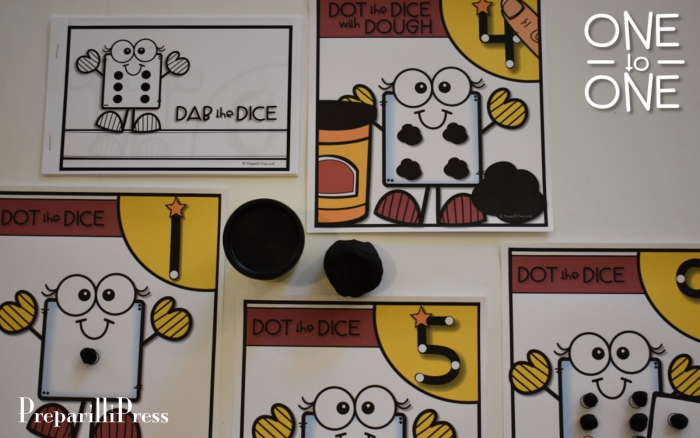
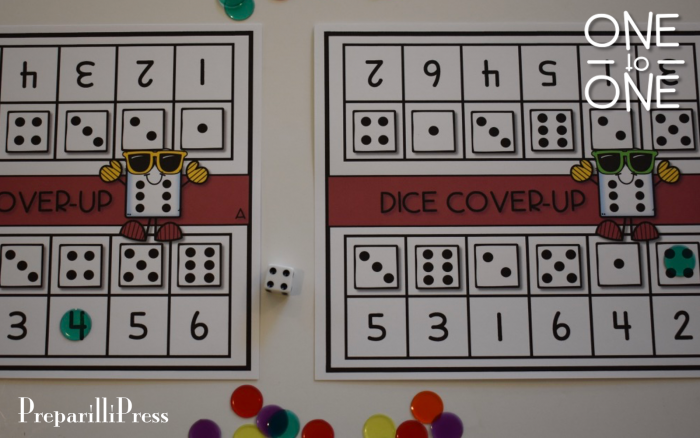
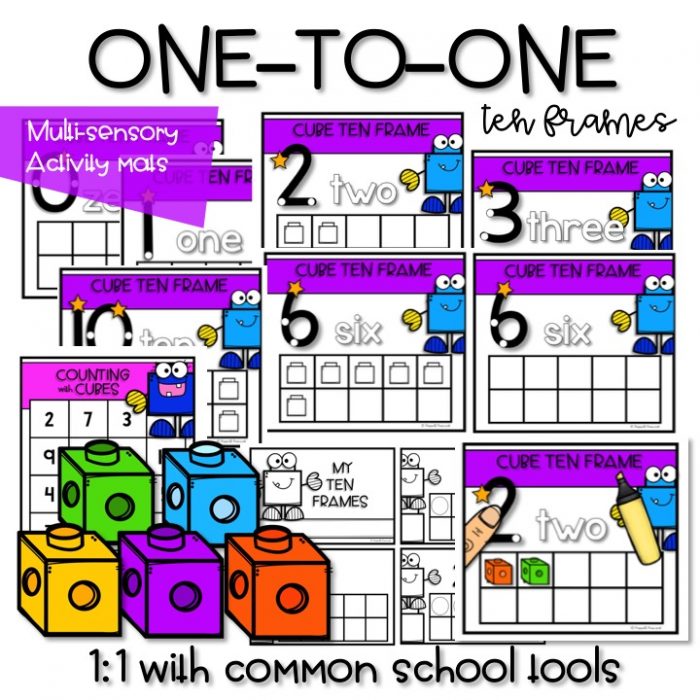
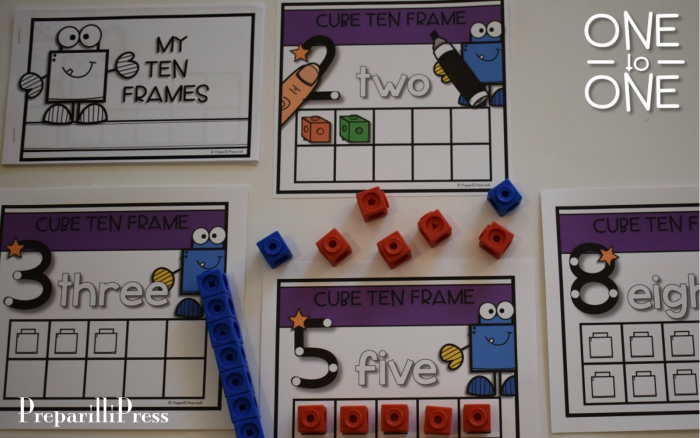
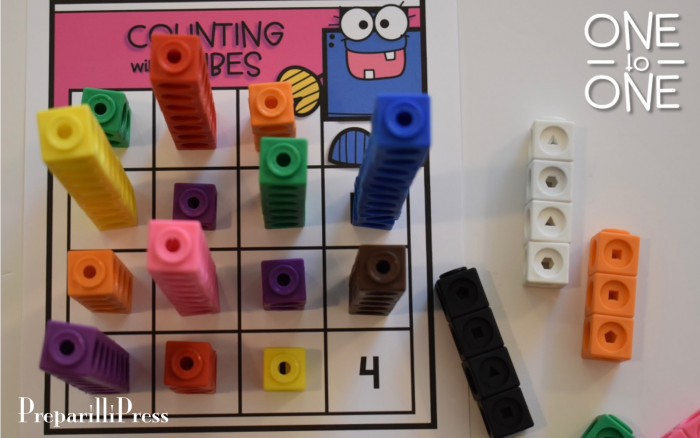
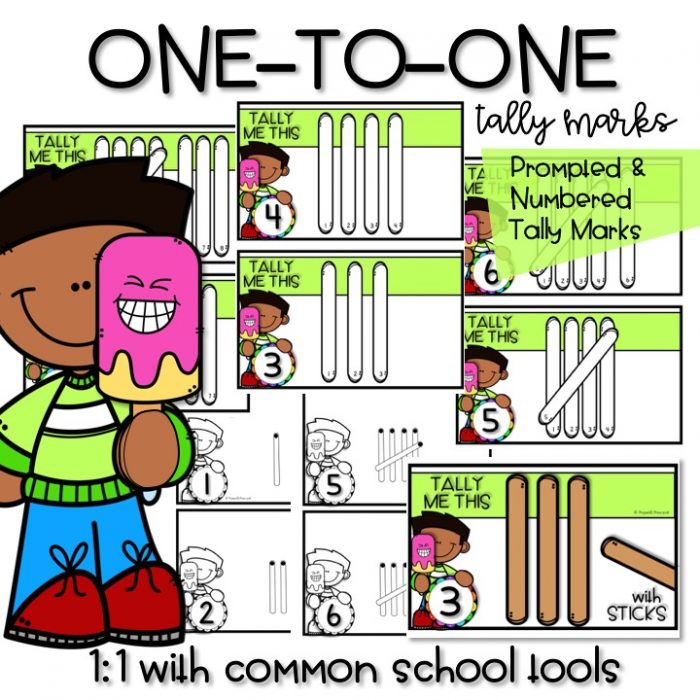
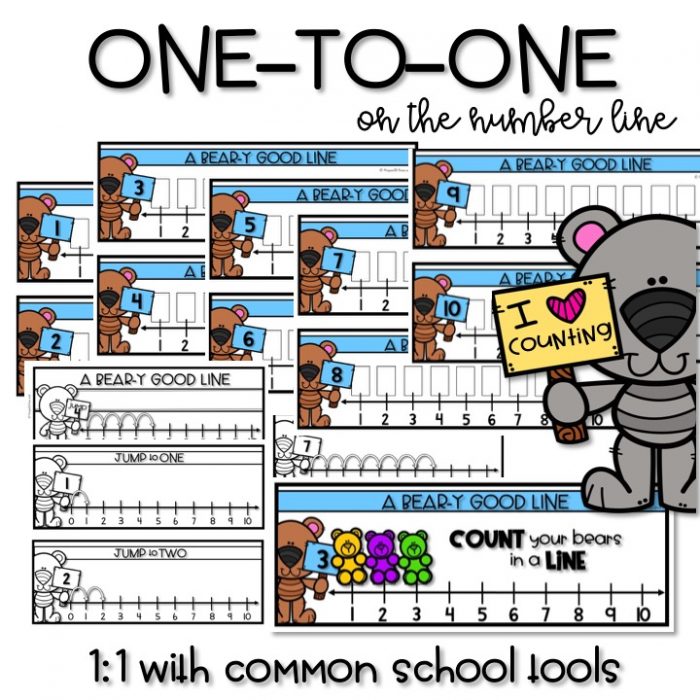 Finally, teach 1:1 correspondence using a Bear-y Good Line (and counting bears).
Finally, teach 1:1 correspondence using a Bear-y Good Line (and counting bears).